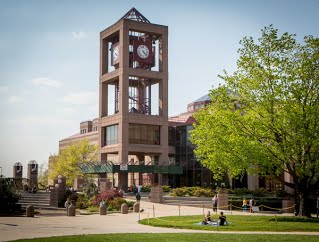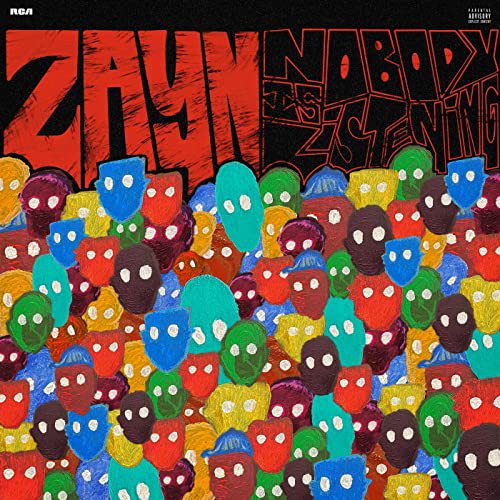Taped on the back wall adjacent to the Tanenbaum Room is a question: “What still needs to be changed? At QC? In the world?” Answers scribbled on colorful sticky notes range from the logical, like better wifi and a 24-hour library, to the morally questionable, such as the forced retirement of all professors age 80 or above.
It is a simple question that has been asked many times by many different people who come from many different walks of life. When overlooking a sea of memorabilia from one of the most politically controversial times in the 80+ years of Queens College’s existence, that simple question carries a bit more weight.
Located inside Rosenthal Library, this new exhibit, dubbed “Campus Unrest at 50: Commemorating the Legacy of Dissent at Queens College” highlights the heightened tensions of the late 1960s on campus, where students and faculty of all backgrounds were fighting for their respective causes and took drastic measures to do so.
“Queens College was a microcosm of campus unrest in 1969, as multiple streams of dissent rocked the campus,” penned Annie Tummino and Rachel Kahn, two members of QC’s Special Collections and Archives department, in a joint article for the Academic Archivist. “The 50th anniversary of 1969 served as the perfect opportunity for current staff of the Special Collections and Archives department to create an exhibit commemorating that memorable year.”
The SEEK Program — Search for Education, Elevation, and Knowledge — was developed by the New York State legislature in 1966 designed to open CUNY’s gates to any and all residents. The student population for QC’s program was 99% percent African American and Puerto Rican. Yet it’s faculty was almost entirely white, prompting students to call for greater control over the program’s structure.
At this time, the Vietnam War was in full effect, placing military and corporate recruiters on the grounds of Queens College. Students – mostly white – and most of whom were involved in QC’s Chapter of Students for a Democratic Society, took offense and responded with numerous protests.
The exhibit isn’t only meant to educate on these two worthy causes. Plenty more causes sprouted up soon after as a result as both students and certain faculty held firm to their beliefs and acted accordingly.
On March 11, 1969, a group of anti-war student activists at QC invaded the College Placement Bureau in protest of the on-campus presence of corporations like G.E. and Down Chemicals, who these students felt were profiting off of the war in Vietnam.
16 days later on March 27, roughly 200 students filled what is now known as Powdermaker Hall and set up living quarters until their demands were met. Requests included the dropping of charges and reinstallation of three professors as well as the rejection of the Max-Kahn Referendum, which afforded the QC administration complete freedom from explaining their questionable actions.
Photos and newspaper clippings are sprinkled throughout the exhibit to serve as a visual representation of those trying times. Notecards resting within five glass cases provide important information that sheds even more light on these important moments for QC.
On June 3, 1969, as Commencement Day was taking place, boycotting students held what is referred to as a counter-commencement. Students and faculty stood and spoke in support of the 39 people who had been arrested in the aforementioned overrun of Powdermaker, and were in the process of being sentenced in Queens County criminal court that same day.
Having opened on May 1, the display is currently open to all QC students until December 15. Non-QC students should contact the library to plan a visit.
Those who have yet to visit are encouraged to educate themselves on an important time in the school’s history.














